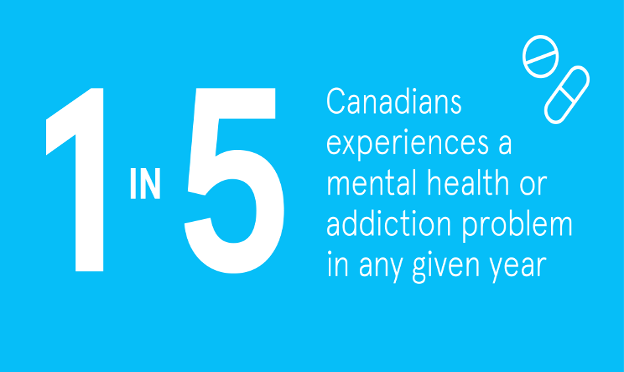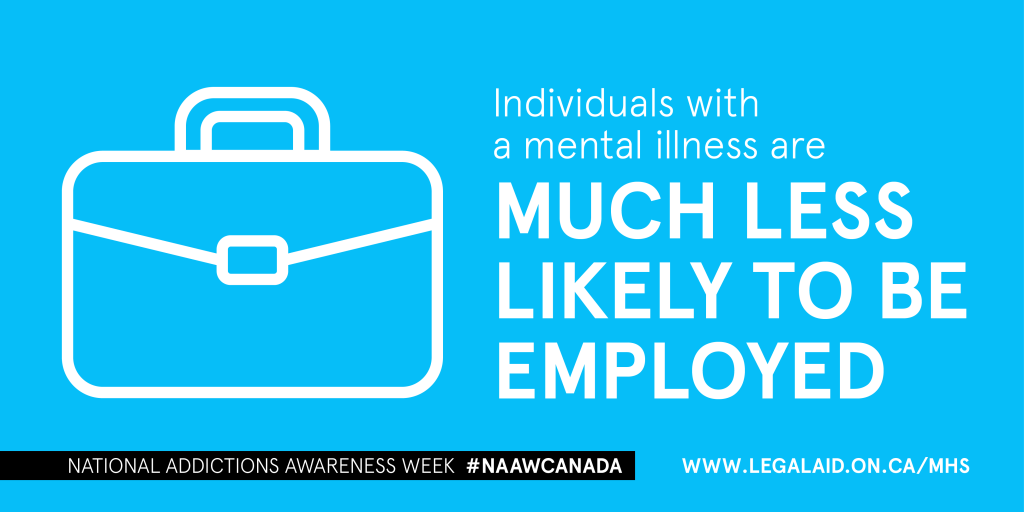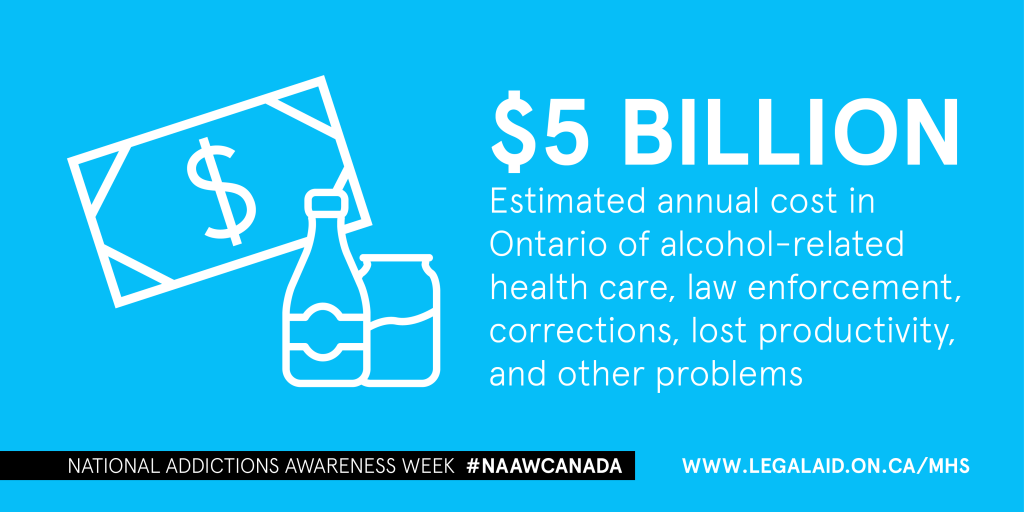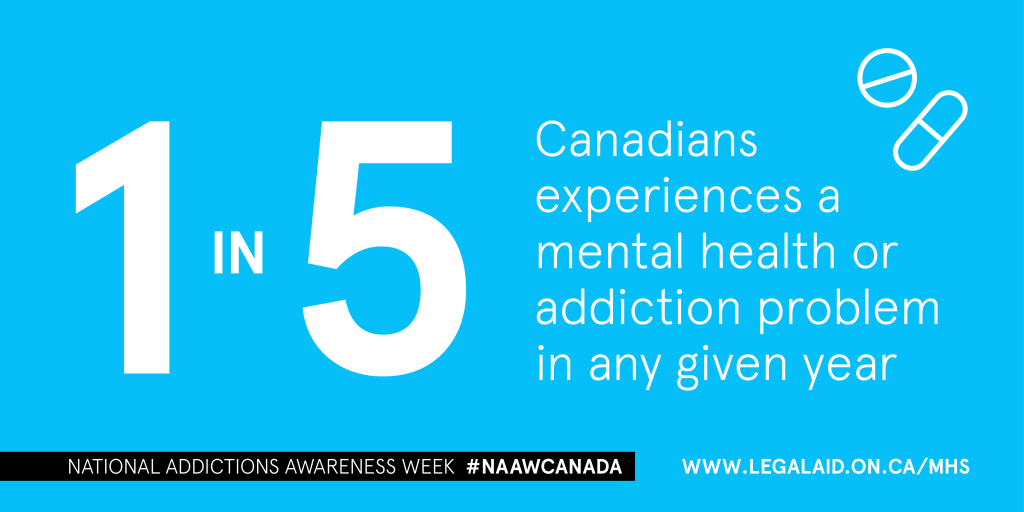By Chad Kicknosway
1. v. Gladue, [1999] 1 S.C.R. 688
The Supreme Court of Canada’s decision in R. v. Gladue is a significant recognition of the position of Aboriginal offenders in the Canadian criminal justice system. It is well known to those working within the criminal justice system that Aboriginals are overrepresented. The Supreme Court indicated in their decision that it “may reasonably be termed a crisis.”[1]
The essence of the decision was the Court’s interpretation of section 718.2(e) of the Criminal Code of Canada. The Court determined that “it is reasonable to assume that Parliament, in singling out [A]boriginal offenders for distinct sentencing treatment in s. 718.2(e), intended to attempt to redress” overrepresentation and over-incarceration of Aboriginal offenders.[2]
Essentially, the decision requires sentencing judges to consider the unique systemic factors that may have brought a particular Aboriginal offender before the courts and to consider all possible alternatives to imprisonment for Aboriginal offenders even if those alternatives do not have a cultural component.
Birth of the Gladue report
Sentencing judges need to make informed decisions, drawing on sources of information that might not normally be before the court. The Supreme Court suggested that “for each particular offence and offender it may be that some evidence will be required in order to assist the sentencing judge in arriving at a fit sentence.”[3] It further suggested that “special attention in pre‑sentence reports” be given where an Aboriginal offender is present.[4]
While many pre-sentence reports incorporated Gladue factors, a problem surfaced where many Aboriginal offenders who have experienced racism, discrimination, poverty, family dysfunction and addictions were not comfortable discussing those issues with a stranger – especially where one is non-Aboriginal and working for the criminal justice system.
The Aboriginal Peoples Court in Toronto paved the way for making space for courts to adduce personal information and experiences of Aboriginal offenders. This is done by way of a report. These reports, which give extra attention to the unique systemic factors of an Aboriginal offender, have been referred to as a Gladue report and received support from the Ontario Court of Appeal.[5] Gladue reports are now available in a number of courts across Ontario through Aboriginal Legal Services of Toronto (see below for more information).
Not just a sentencing report
A Gladue report is made available, in general, when an Aboriginal offender pleads guilty or is found guilty. It serves two purposes: first, it highlights the unique systemic factors that may have brought a particular Aboriginal offender before the court. Second, it provides information regarding community-based rehabilitation that may or may not be culturally appropriate.
Some of the unique systemic factors include impacts of residential school, child welfare involvement, dislocation, substance abuse and discrimination just to name a few. Each report is unique as it reflects an Aboriginal offender’s life experience. Some of these factors may run deep into an Aboriginal offender’s life and may have caused them to cope negatively by way of substance abuse, for example.
Based on the information collected and after discovering and/or determining an Aboriginal offender’s underlying issues, a Gladue caseworker is able to suggest culturally appropriate (where available) programming to assist in rehabilitation. This is made by way of recommendation for the court’s consideration when crafting an appropriate sentence.
For the most part, Gladue reports have been authored by an Aboriginal. An Aboriginal report writer has a better understanding of the unique circumstances faced by Aboriginal people and, more often than not, shares those experiences in common with the Aboriginal offender. This generally allows a report writer to build rapport with an Aboriginal offender quite quickly.
Positive benefits of Gladue reports
There are many positive benefits of having a Gladue report available during sentencing. One of the more obvious benefits of having a Gladue report completed is that it provides an opportunity for an Aboriginal offender to address issues that may have contributed to them being in the criminal justice system. For many Aboriginal offenders, they have not been provided an opportunity to utilise resources and support to help them on their healing journey. In most instances, Aboriginal offenders have commented that they have received abrupt treatment by the criminal justice system which has led to incarceration rather than exploring alternatives of meaningful rehabilitation. Allowing for rehabilitation provides an opportunity to reduce the number of Aboriginals being incarcerated.
One of the underlying benefits not seen by the criminal justice system is the therapeutic process of having a Gladue report completed. Many Aboriginal offenders have not been provided an opportunity to explain who they are or, in most instances, never had an opportunity to self-reflect on the individual they have become. A Gladue report provides an opportunity for self-reflection. When identifying or discovering personal issues, a Gladue caseworker is able to assure the Aboriginal offender that there are resources and supports available to assist in dealing with those issues. Many Aboriginal offenders comment that they did not know such services even existed.
From this perspective, a Gladue report is not just a sentencing report. It serves as a holistic approach that often begins the first step in an Aboriginal offender’s healing journey.
[1] R. v. Gladue, [1999] 1 S.C.R. 688 at para 64.
[1] Ibid.
[1] Ibid at para 83.
[1] Ibid at para 84.
[1] R. v. Kakekagamick, [2006] O.J. No. 1449; 69 W.C.B. (2d) 157 (C.A.).
Additional information
Aboriginal Legal Services of Toronto (ALST) prepares Gladue reports for Aboriginal persons in the following courts: Barrie, Brantford, Guelph, Hamilton, Kitchener-Waterloo, Lindsay, Oshawa, Ottawa, Peterborough, Sarnia and Toronto (and other surrounding locations subject to approval). To request a report, visit ALST’s website www.aboriginallegal.ca or call 1-416-408-3967.
Chad Kicknosway is Ojibway and a graduate of law. He is currently a Gladue caseworker with Aboriginal Legal Services of Toronto and has been authoring Gladue reports for the past four years.








